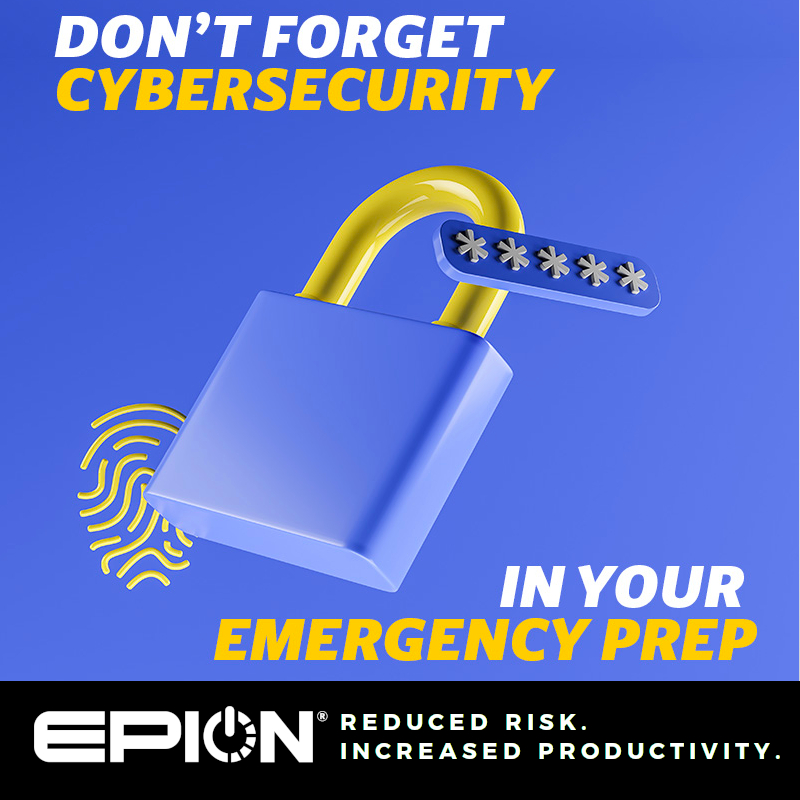How Do I Know If My Business IT Is Truly Secure?

Today’s digital world is complex and ever-changing which means that securing your business’s IT isn’t just an option–it’s a necessity. So whether you are a small business owner just getting started or a seasoned CEO, ensuring the safety and longevity of your business in an era where security is the cornerstone of success is crucial. In this blog post, we’ll explore four steps you, as a business owner, can take to lower your risk and improve the IT security of your business.
Related Blog: How Small Business Owners Can Self-Assess Their IT Before Choosing an MSP
The Importance of Online Business Security
IT security plays a vital role in safeguarding your assets, resources, and, most importantly, the reputation of your business. This means you don’t want to neglect this area of your business.
Let’s look at four ways you can improve your business's security and help protect your assets.
How to Improve Your IT Security
1. Align Your IT With a Security Framework
IT Security is complex; ensure your IT team follows an industry-standard security framework such as the CIS Controls or NIST CSF. These frameworks outline a comprehensive approach to security and business continuity. You can ask your team for an “alignment score” without getting into the minutia to know where you stand. Based on that score, you can address the gaps to keep progressing.
2. Assess the Cyber-Strength of Your IT Team
Cyber security threats are evolving rapidly; ensure your IT team keeps up. Ask your team how they stay abreast of the threat landscape, security tools, policies, procedures, and other best practices. Are they engaged with industry peers? Do they have a process for continuous R&D around security? Are they measuring and monitoring your risk in a fashion that makes sense to you? If not, they have zero chance of keeping you secure. Look for a team with solid answers to these types of questions.
3. Validate Your Data Backup Process
It sounds old school, but you need to have a way to recover if the worst happens. Backups are a recovery measure that is as important as the security features. Ensure you receive regular proof that backups are completed and validated. Also, make sure that they are automated and “immutable.” Immutable means that there is an “untouchable” copy of the data being stored offsite. In many cases, your backup is your last line of defense.
4. Get Cyber Insurance
Total security is impossible; cyber insurance is essential to your risk management strategy. Your business can certainly take steps to be “more secure,” but you will never arrive at the destination. The steps outlined above will help you measure and lower your risks, but there will always be risks. Cyber insurance provides coverage for data breaches, including the costs of litigation, recovery, and identity theft. Ensure your IT team is aware of your coverage and that they have factored the insurance company into their Incident Response Plans.
IT security is a journey, not a destination. It’s important that your team follows a structured, process-driven approach to IT security and that they have a strategy to stay on top of it. By implementing the recommendations in this blog post, you can effectively know where you stand and lower the risks to your operations posed by these cyber threats.
For any business leader questioning, "What is the most effective way to safeguard my business?" a consultation with EpiOn is the answer. Specializing in comprehensive IT support for small to mid-sized organizations, EpiOn ensures your operations run safely and efficiently, helping you meet your objectives without compromising security. Schedule a call with us today!



